Exhibition
La Pittura Eloquente, Monte-Carlo, Maison d’Art, 16 June–16 July 2010, n. 23.
Literature
D. Succi and F. Pedrocco in La Pittura Eloquente, exh. cat., Maison d’Art, Monte-Carlo 2010, n. 23,pp. 123-126, illus. p. 125.Standing on the terrace of his palace, King David has caught the first glimpse of the beautiful Bathsheba, wife of his general Uriah. While Bathsheba finishes her bath, accompanied by maid servants, the king immediately sends a messenger to invite her to the palace, having fallen hopelessly in love. The scene was painted innumerable times by Venetian painters, and of the many eighteenth-century versions of the subject, Giambattista Pittoni’s stands out not only for its excellent pictorial quality, but also for its precise adherence to the narrative as described in the Bible (Samuel2:11-12). Harp in hand, David appears on the terrace of a palace that recalls the painted architecture of Veronese. As in traditional iconography, he looks down to admire a very young and sensual Bathsheba who has just emerged from the water. Behind her a maidservant is about to cover hershoulders with a blue mantle, and she faces another who holds a platter containing the precious pearlnecklace intended for the young bride of Uriah. The woman’s attention is distracted by the arrival of King David’s black servant, an extremely elegant figure clothed in blue livery and red mantle and bearing the letter containing Bathsheba’s invitation to the palace. It is interesting that this image corresponds precisely to the description of a work by Pittoni listed in the catalogue of the Pinelli collection in Venice. The Pinelli picture was assessed by Domenico Maggiotto and Davide Antonio Fossati and offered for sale in 1785: “Bathsheba bathing, with two female servants, one holding a mantle and the other proffering a cassettina [small chest] with pearls.There is also a moor presenting a letter to her.
Furthermore, the background has David with his harp observing the scene from the royal palace. A painting of attractive and judicious composition, with a beautiful perspective. On canvas, height P. 2-1, width p. 1 onc. 4 [2 piedi 1 oncia by 1 piede 4 once]”. Although the stated measurements (roughly equivalent to 69.4 x 35 cm) do not match those of the present picture, especially regarding width, the description accurately matches what is depicted here, except for the cassettina held by one of the servants. As Franca Zava Boccazzi (Pittoni, Venice 1979) correctly indicated, this proves that Pittoni produced several paintings of the subject of David and Bathsheba, not solely in horizontal format (there are two known, one formerly in the Perocco Collection in Milan, the other in a private collection in Stockholm), but also in vertical format, and it seems highly probable that this particular painting is the prototype. It can be securely dated to the early 1720s because of its clear, luminouscolours–unmistakably echoing Veronese–and swift, sinuous brushstrokes that characterize theartist’s paintings of those years. A further confirmation as regards chronology is provided by the resemblance of Bathsheba to the figure of Diana in Pittoni’s celebrated canvas in the Museo Civicoin Vicenza, unanimously dated to circa 1723. The canvas is also accompanied by a scholarly note by Dr. Dario Succi, who independently believes that this is the prototype, painted circa 1723, from which the replica in the Pinelli collection in Venice was composed. He intends to publish our picture in a forthcoming study on Venetian eighteenth-century painting.
Giovanni Battista Pittoni
David and Bathsheba
Artist
Giovanni Battista Pittoni
( Venice, 1687-Venice, 1767 )
Details
Oil on canvas 74×63.5 cm (29 1/8 x 25 in) Inscriptions: inscribed on the reverse in alate eighteenth-century hand: “PITTONI”. Approved by Prof. George Knox, Prof. Dario Succi and Prof. Filippo Pedrocco.
Provenance
Miami (USA), private collection


